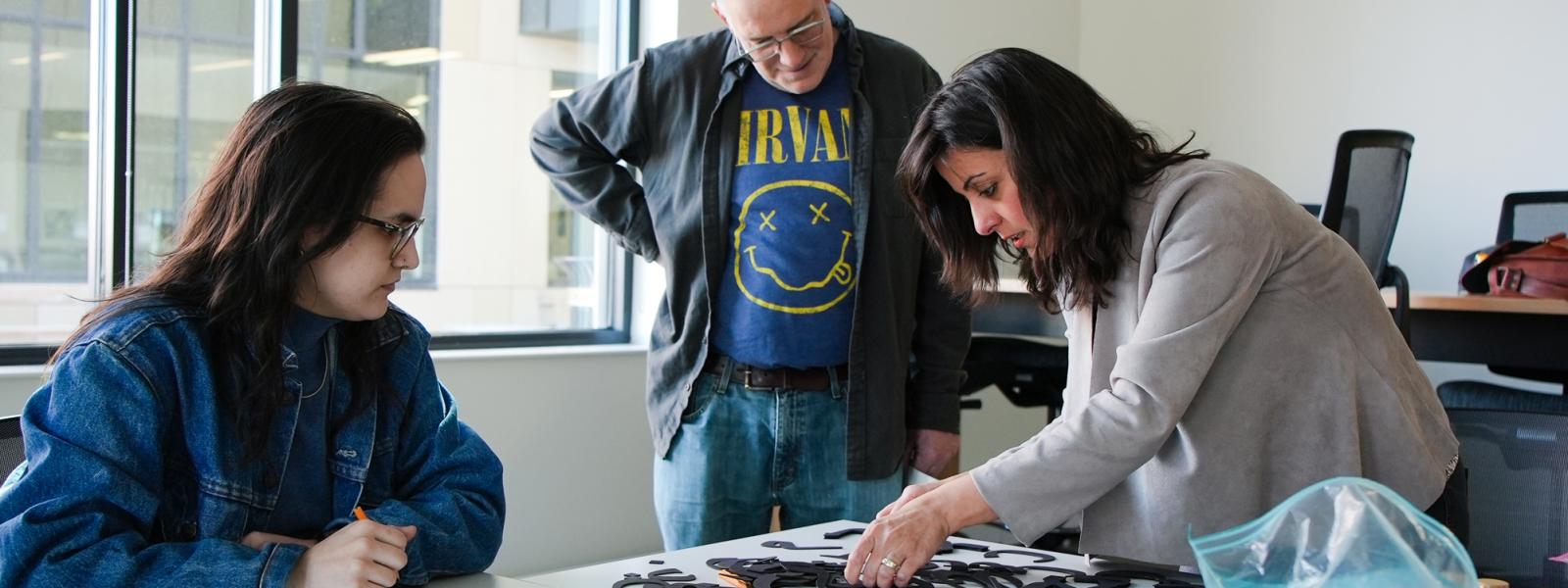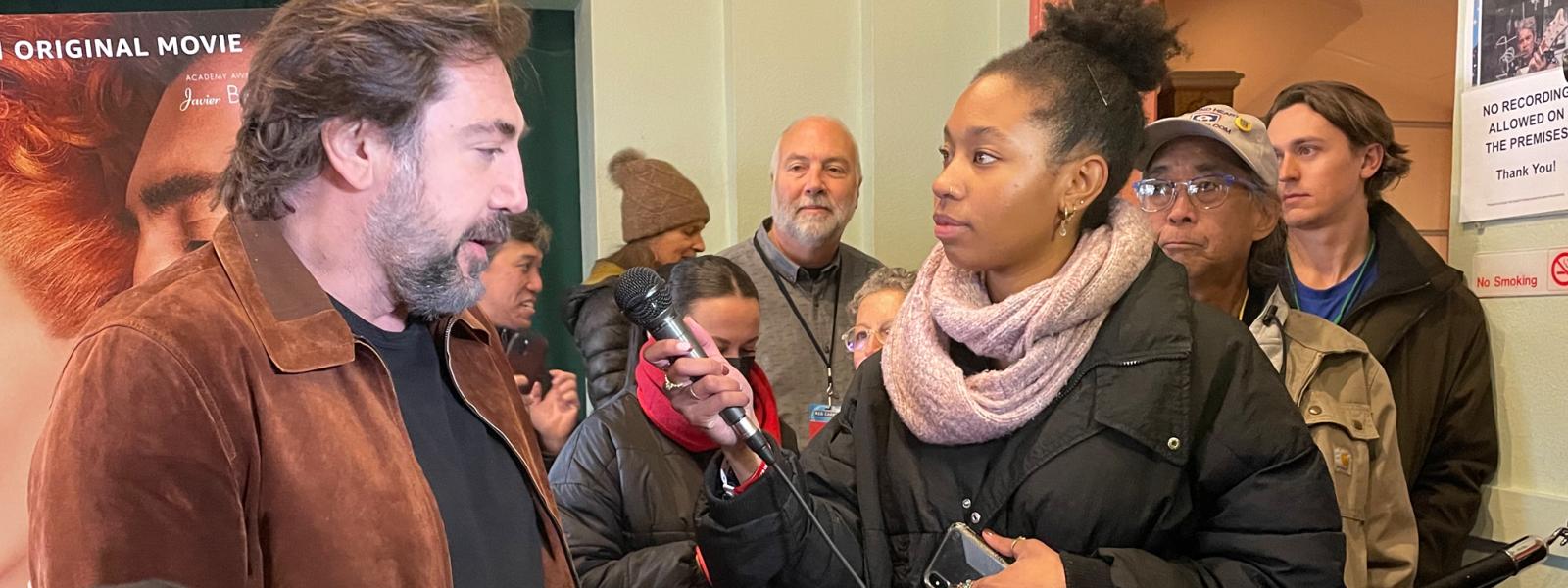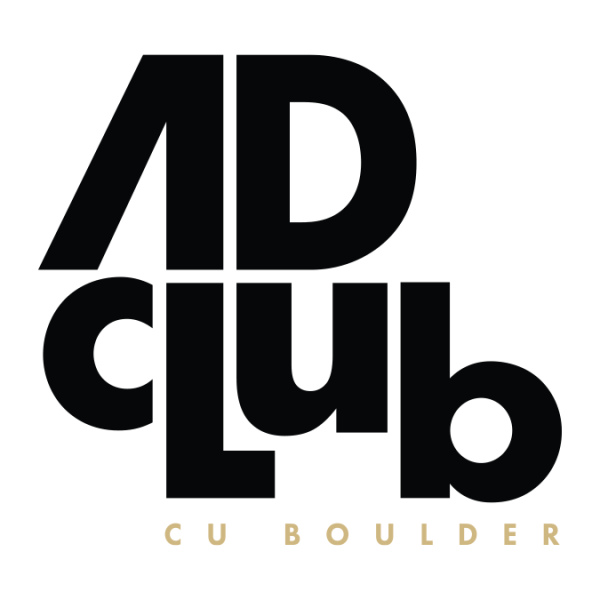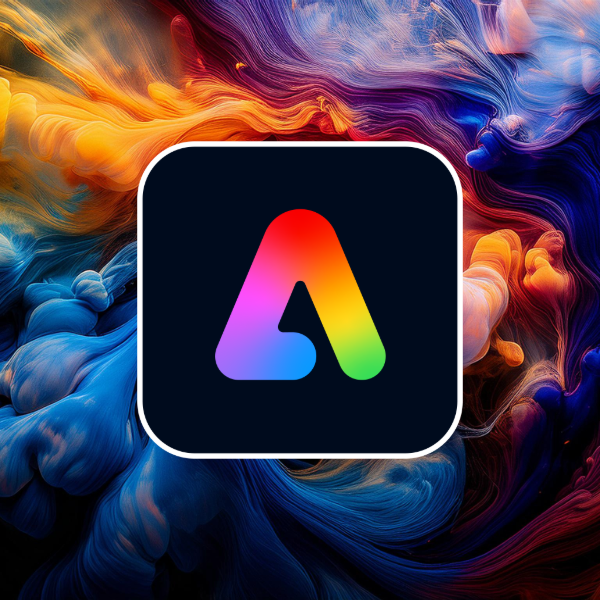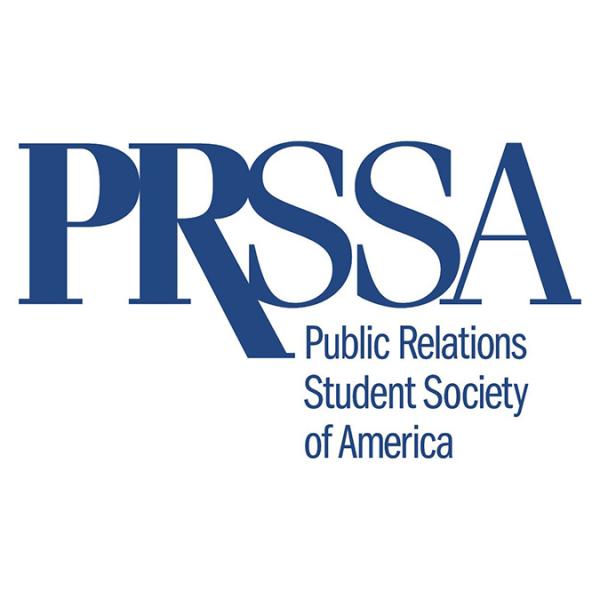Advertising, Public Relations and Design
Welcome to the Department of Advertising, Public Relations and Design.
We believe in preparing our students to shape the world around them through the practice of strategic communication.
Our students work to solve problems for people and organizations, launch campaigns and start movements. They tell stories and build relationships, understand audiences and adapt to new technologies.
Above all, they learn to lead in a rapidly changing media world.
Undergraduate Opportunities
The Bachelor of Science in Strategic Communication allows students to develop an area of expertise in one of three program sub-plans:
Learn to work collaboratively across these areas in core and capstone courses.
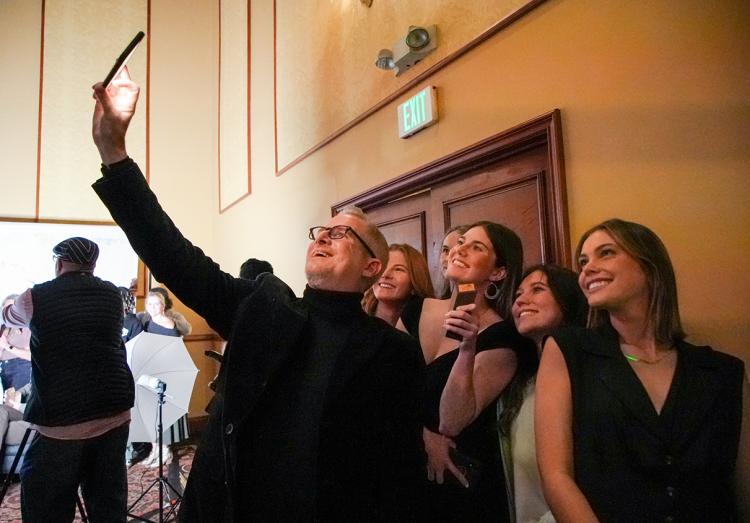
Students and faculty take a selfie at The One Show in Denver, 2022.
APRD Activities
Careers in Advertising, Public Relations and Design
Designs visual aspects of ad campaigns and initiatives
Creates the written messaging for advertising
Ensures marketing, products and services resonate with the culture of the brand
Supports existing client accounts acting as liaison between client and the creative team
Maintain positive image and media presence for brands
Uses their extensive knowledge of communications platforms across all media channels to develop strategic plans for advertising and marketing
Utilizes insights and creative thinking along with research to strategize campaign positioning and audience.
Studies consumer preferences, category trends and competition in order to gain insights that can shape advertising
Identifies the right media mix and negotiates the best rates across all media channels for marketing and advertising campaigns
Works closely with the art director and copywriter to execute the final creative materials
Conducts data and statistical analysis within the current market trends either to guide campaign strategy or business strategy for a brand, product or service
Creatively solves user experience challenges with the goal of creating and elegant and seamless experience
Advertising, Public Relations and Design Alumni
- Eric Thompson ('93)
Head of brand experience, Uber - Jonathan Byrne ('02)
Creative director, DDB California - Jessica Clifton-Czarny ('03)
Executive vice president and digital group head, Edelman - Juan Reyes ('04)
Brand communication director, Nike



